The 312th Bomb Group was activated formally in October of 1942 as a dive bomber unit. They spent the remainder of 1942 and most of 1943 training and participating in maneuvers in Georgia, Louisiana, and California. The 312th was composed of four squadrons, the 386th, 387th, 388th, and 389th.
On November 1, 1943, they were aboard a troop ship departing San Francisco for an undisclosed location. By the 19th of the month, they were ashore in Australia, where they spent a few weeks at Camp Moorooka in the Brisbane area. By December, the main group had moved to Port Moresby, New Guinea where they stayed until January 1, 1944, when they moved to the newly expanded camp at Gusap. While in Port Moresby, the pilots and crews transitioned to the Douglas A-20 Havoc light bomber and the 312th was redesignated as a light bomb group.
The 312th Bomb Group flew their first combat mission on February 25, 1944; taking off from Gusap and striking the Alexishafen area on Astrolabe Bay.
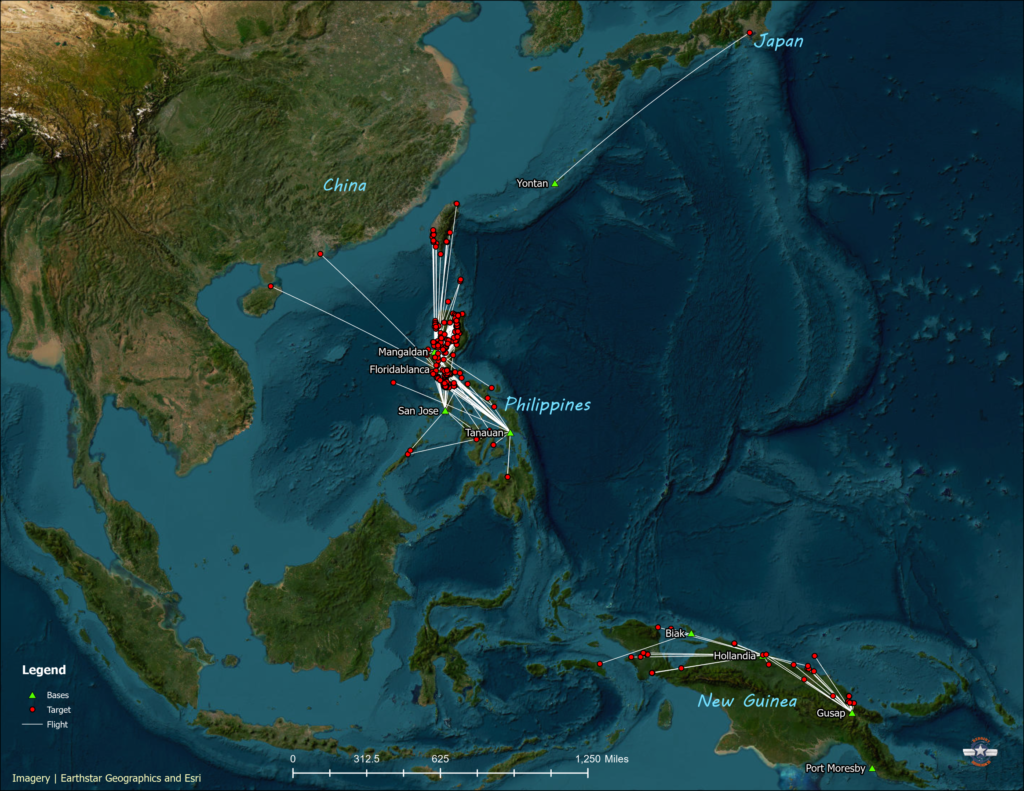
The unit history for the 312th Bomb Group lists 529 missions in the overview of their service during WW2. Only 505 of those missions are included in the map above, either because no target was named in the history or because I was unable to locate the target. Locations were determined using war-era maps, post-war Army Map Service maps, Google Earth imagery, then map services such as Mapcarta, in that order of priority. Because the same name was often used for different towns, the mission locations could be incorrect. To minimize this possibility, I chose locations that were in the same general area as other missions flown during the same time frame.
The Vultee V-72 Vengeance was flown by the 312th during the early training period in the US when they were designated as a dive bomber unit.
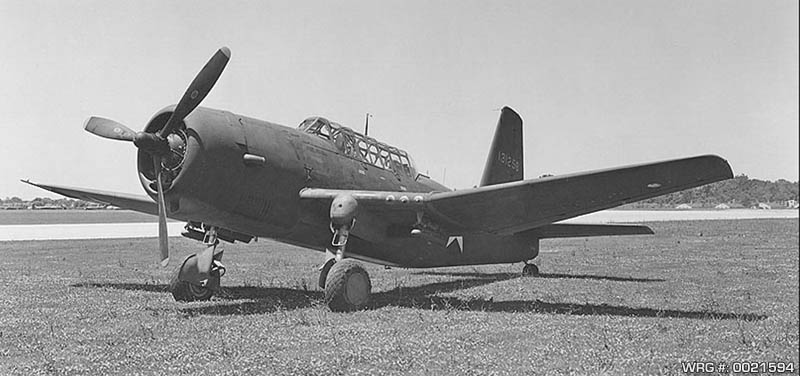
The Douglas A-24 Banshee was also flown during the early training period.
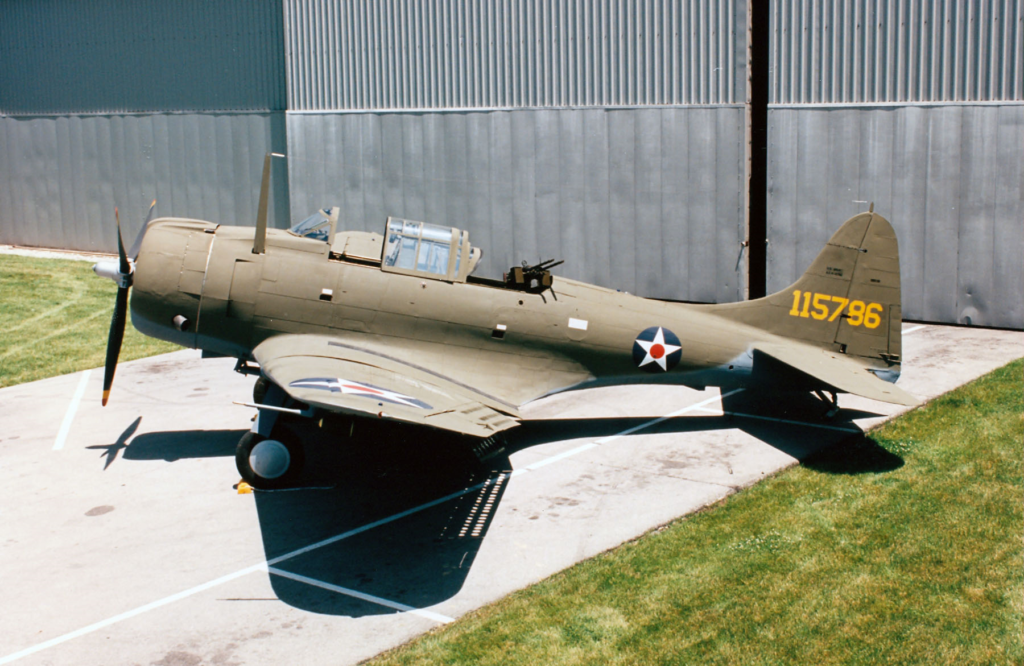
In June 1943, the 312th transitioned to the Curtiss P-40 Warhawk and used them until they arrived in New Guinea in December 1943.
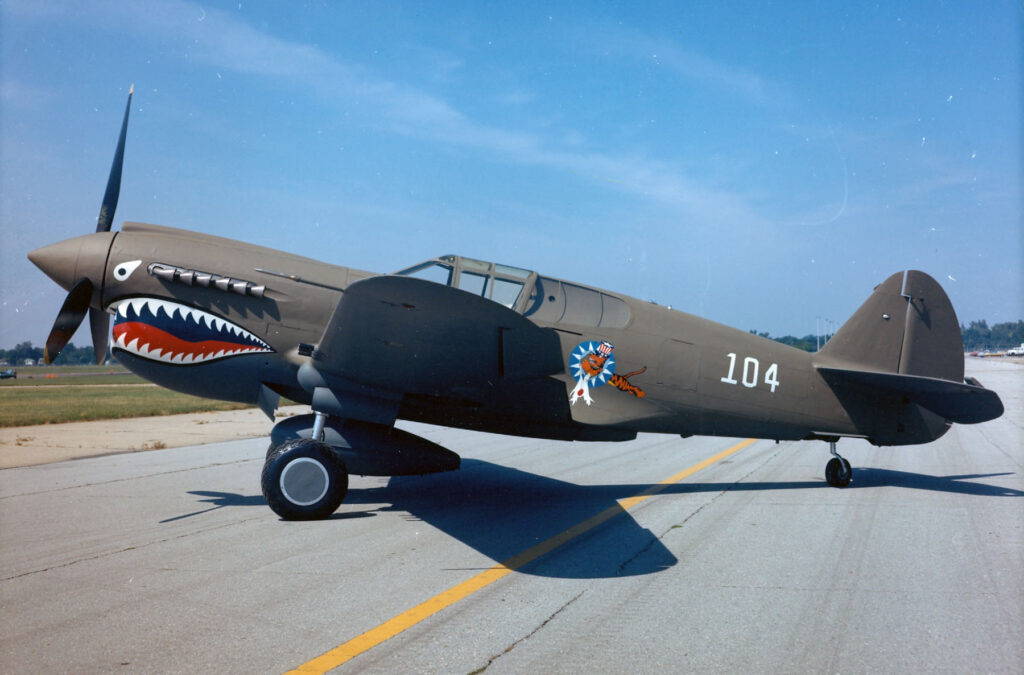
In December 1943, the 312th transitioned to the Douglas A-20 Havoc and they were redesignated a light bomb group. The A-20 Havoc was flown by the 312th for the remainder of the war.
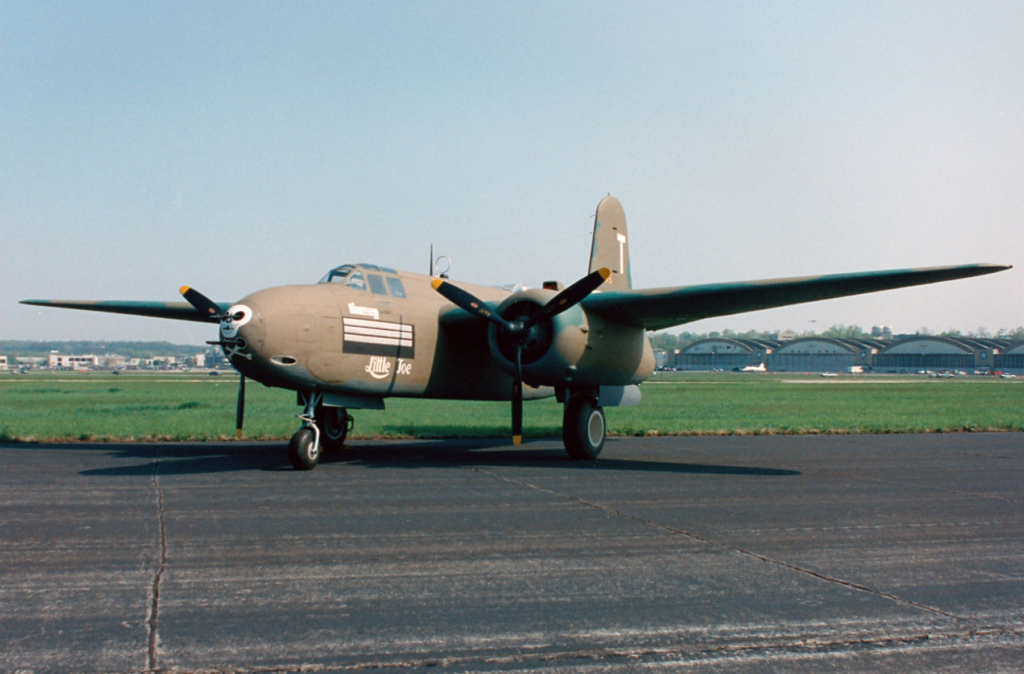
During a trip to the Dagua, Papua New Guinea area, I was led to the wreckage of 312th A-20 that crashed on May 15, 1944. The tail sits at the base of a hill while the engines, wings, and remaining fuselage are positioned on the lower slope of the hill. The remains of the pilot and gunner from this airplane, #43-9113, were recovered after the war.
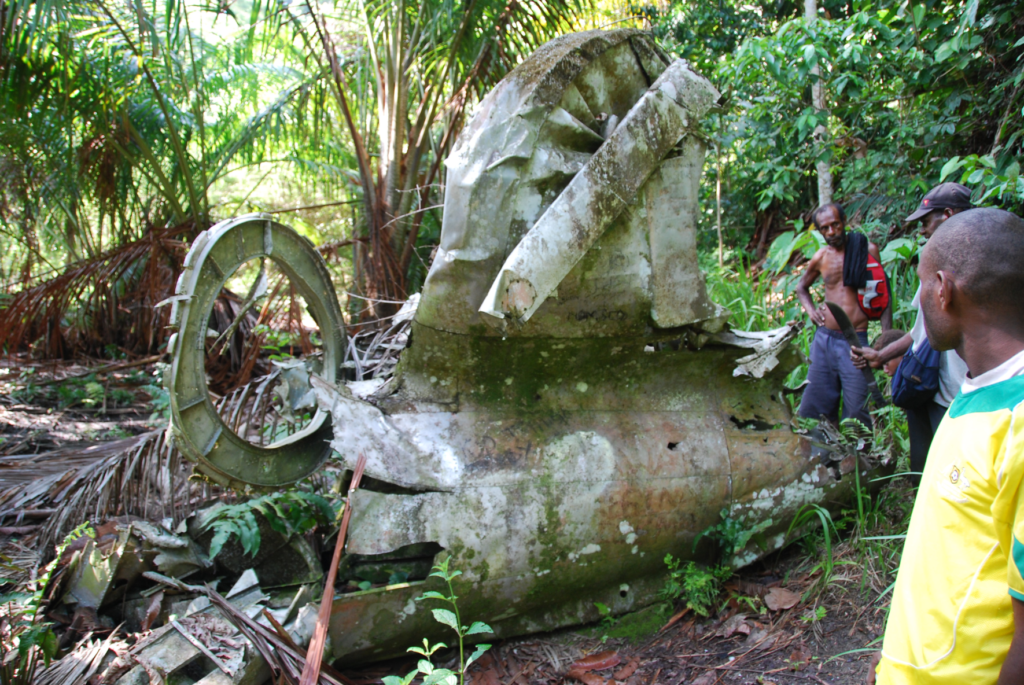
In June 1945, the 312th received four Consolidated B-32 Dominator heavy bombers for testing. Twelve missions were flown over Formosa and Japan before the end of the war. The B-32 had a crew of ten and the entire 386th Squadron transitioned to fly the Dominator. The 386th has the distinction of being involved in the final combat action of the war when they were attacked over Tokyo by Imperial Japanese Air Force fighters on August 18, 1945. That action also produced the final air casualty of the war when Sgt Anthony Marchione was fatally wounded by the attacking Zeros.
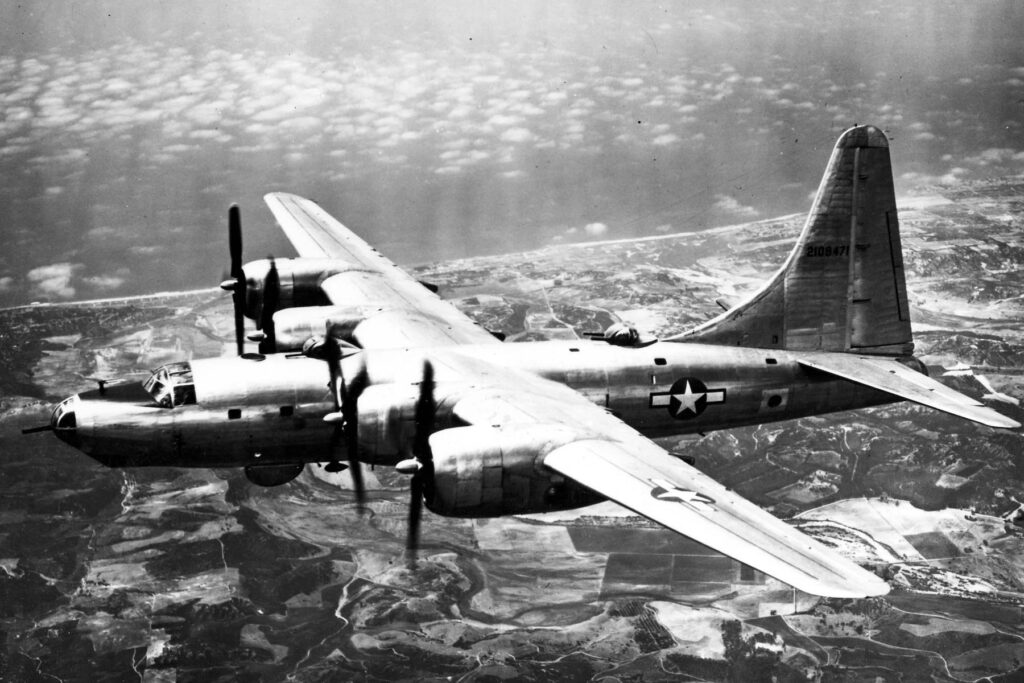
The 312th Bomb Group remained on Okinawa until December 1945 and then returned to the US where it was deactivated in January 1946.
